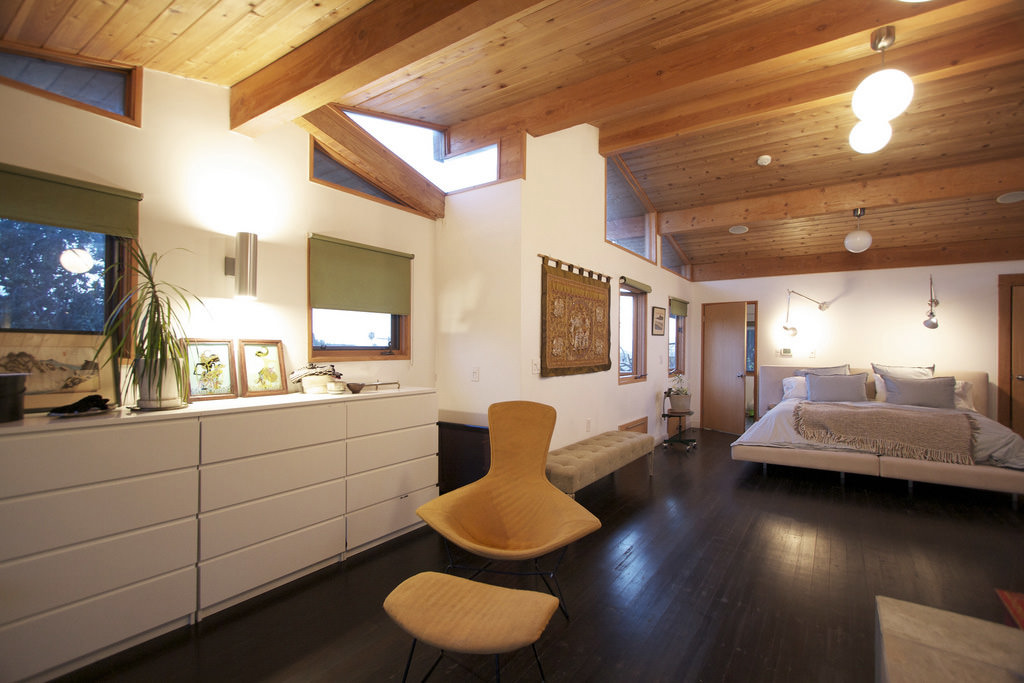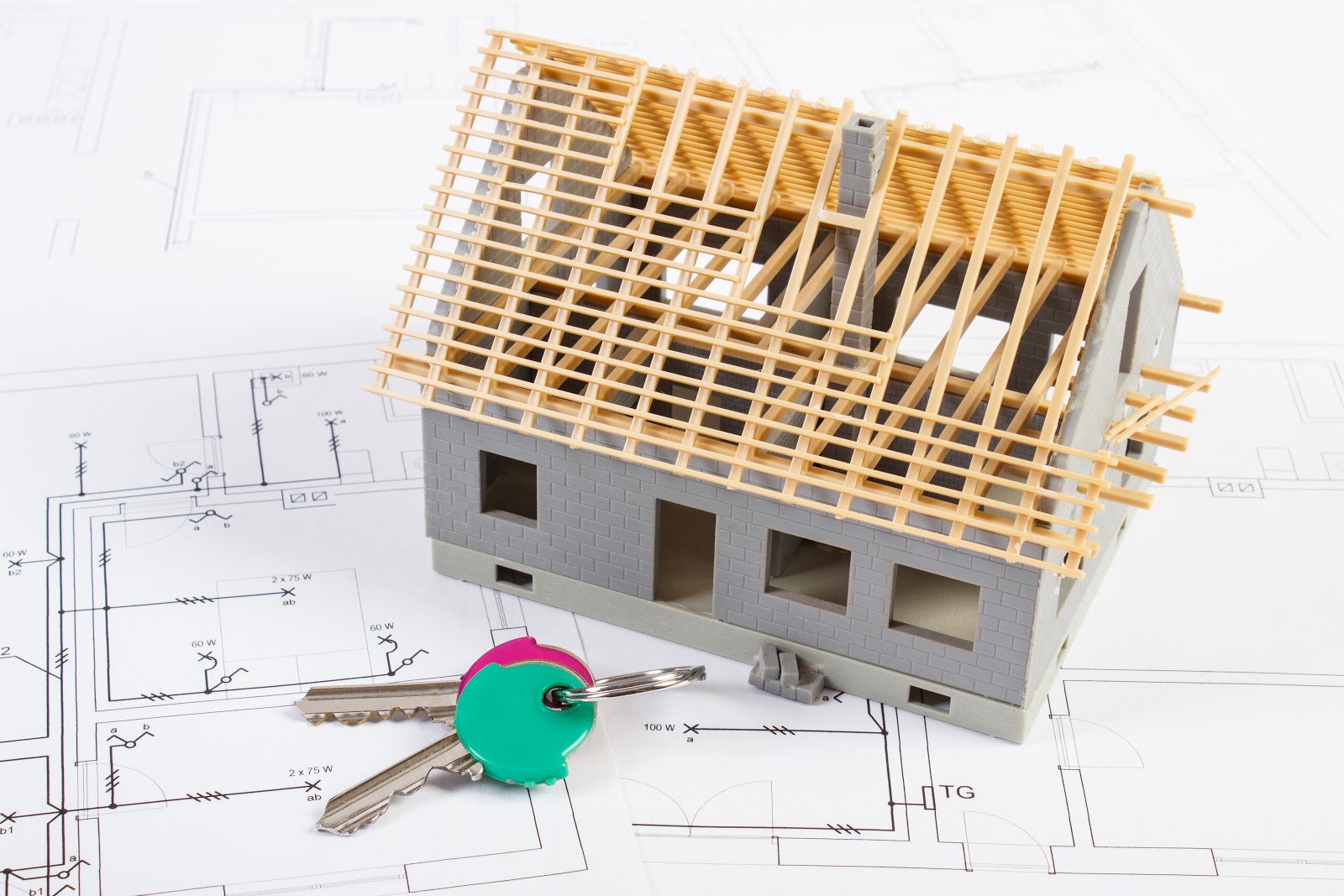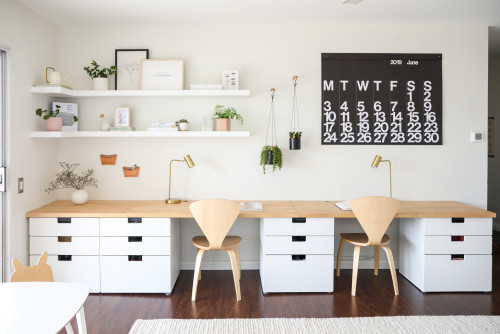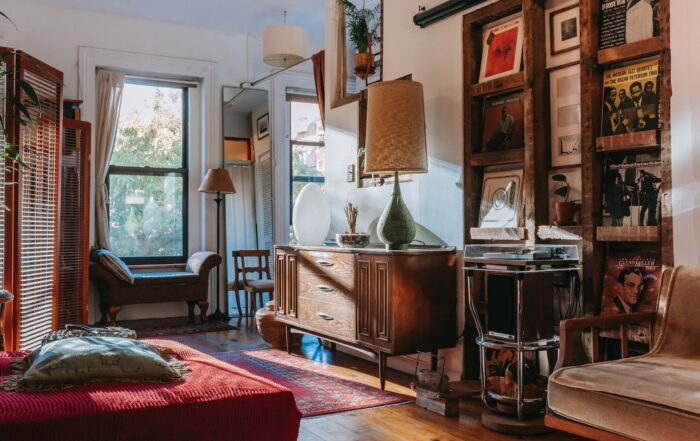The homebuyers have spoken—and they want smaller homes.
Since 2015, houses have been getting smaller, according to the most recent data from the U.S. Census Bureau’s Survey of Construction (SOC) and this may be an industry norm for years to come.
Let’s look at the numbers: The average size of a new single-family home was 2,687 square feet in 2015. The data shows that the average size had been gradually increasing in the years prior.
But in 2016, the average floor area dropped to 2,640 square feet. It declined once again to 2,631 in 2017.
The Number of Bedrooms has Followed this Trend.
Square footage isn’t the only thing declining. According to the National Association of Home Builders (NAHB), newly constructed homes started with four bedrooms or more dropped from 44.5% in 2017 to 43.5% in 2018.
That means large family homes, complete with guest bedrooms and home offices, are becoming less popular among homebuyers across the country.
The Reason Behind this Home Construction Trend?
Millennials—who prefer smaller houses than their parents and grandparents—are entering the home-buying market.
Specifically, millennial home buyers desire more affordable housing. NAHB reported that 27% of millennials were willing to buy smaller homes to make their housing more affordable. This percentage increased to 32% in 2015 and 34% in 2018.
The heightened acceptance of smaller homes aligns with millennials’ appreciation for simple, minimalist lifestyles.
What Does This Means for Home Builders?
For home builders, this data is useful when considering the most important features to home buyers. As more millennials become home buyers, the market will lean toward smaller, more affordable homes.
The design professionals at Primera can help you even further. To learn more about the latest home builder trends, contact us at (866) 752-7336. You can also email us at info@primera.net.





